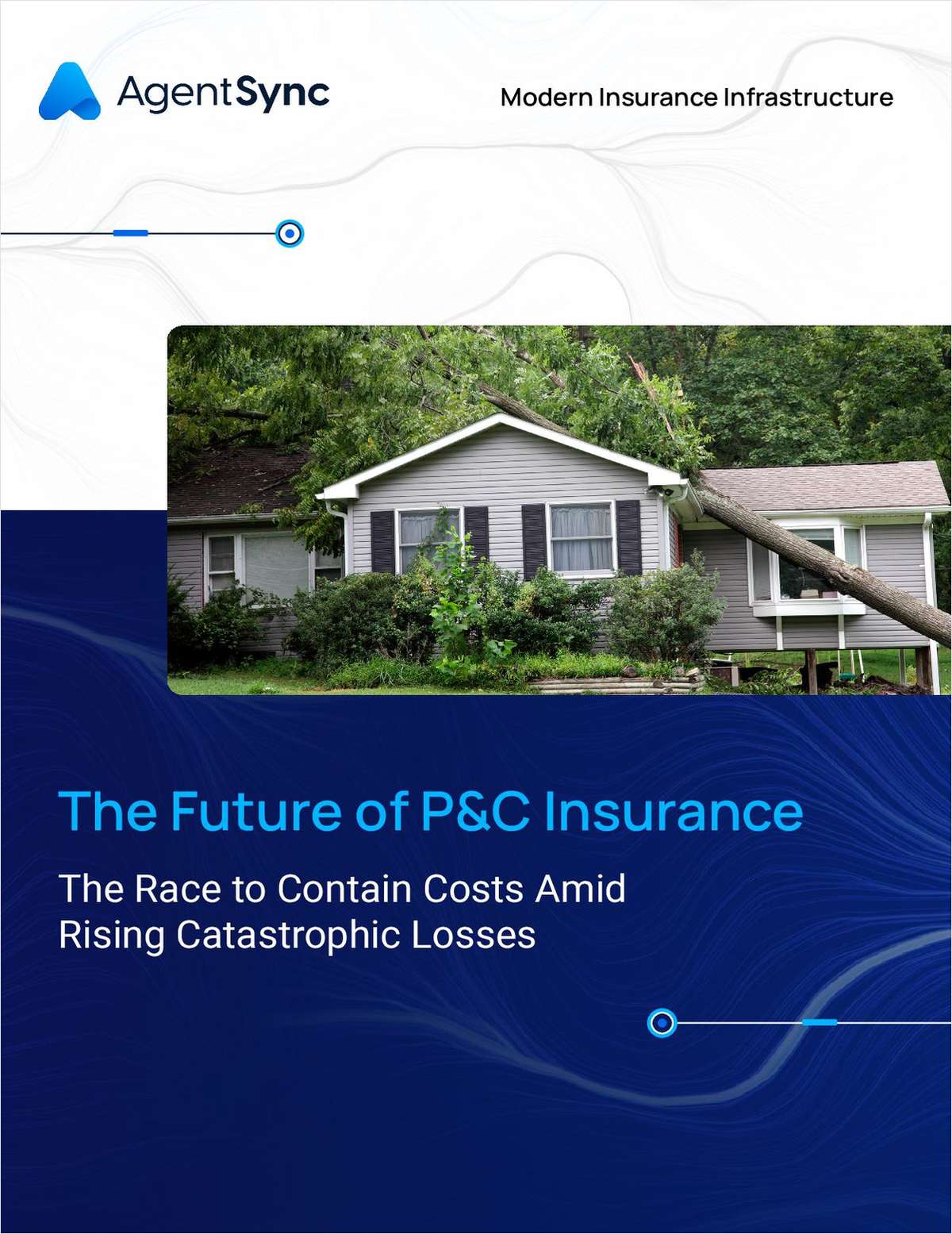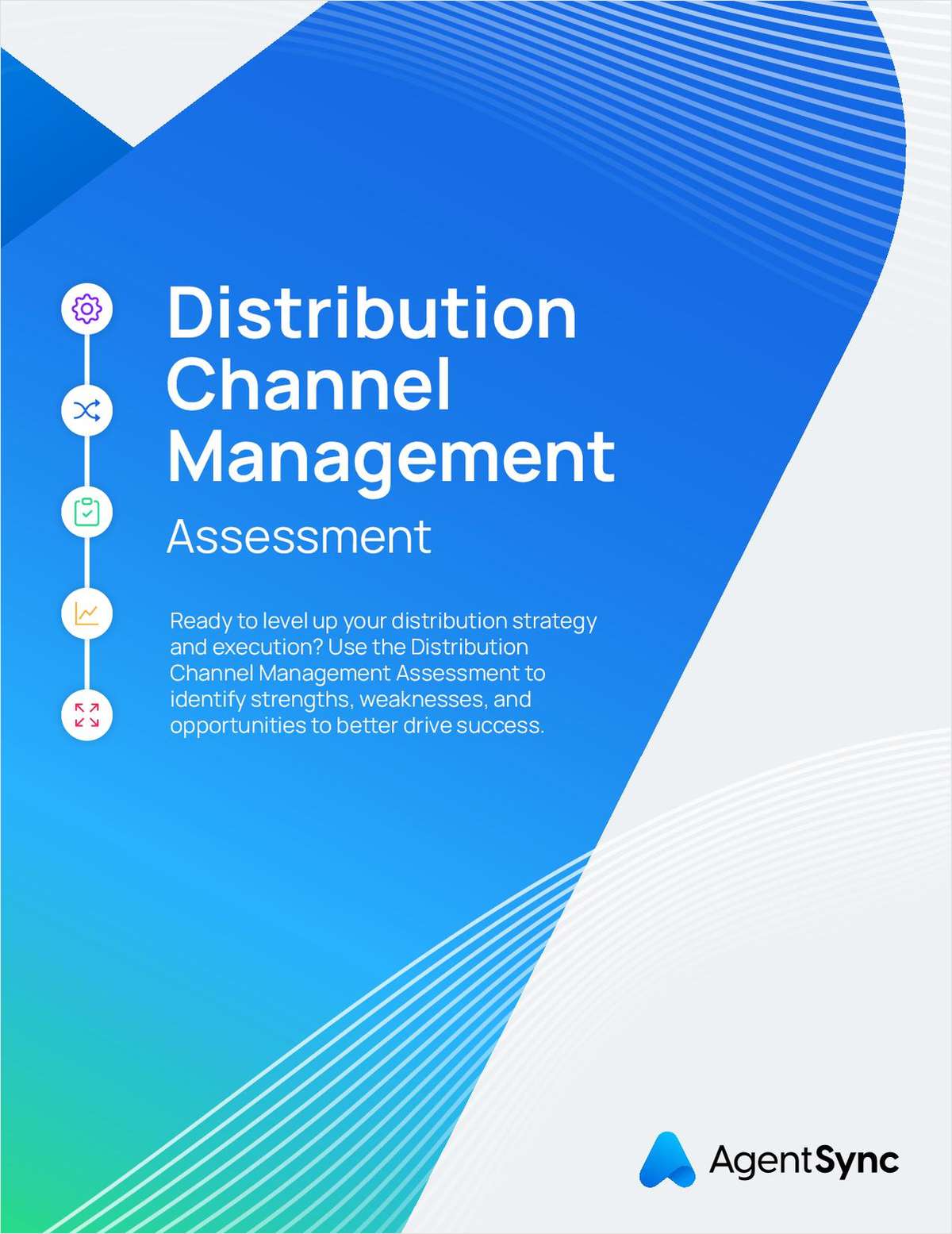London bombings put U.S. systems on notice and spur safety assessments
Any major city in the United States would fare “very similarly” to London if a terrorist attack on a mass transit system were to occur here, according to a security expert.
Heightened concerns about transit risk management were prompted by a series of terrorist attacks in London this month. Just last week, a second series of incidents were reported in three underground stations and one bus. This latest event mirrors terrorist bombings on July 7 that killed 55 during London's rush hour.
“Our rail cars are designed much like those in Madrid and London, so you would see a similar effect structurally [here] as well,” said Ross D. Bulla, president of the Treadstone Group Inc., a security company in the Charlotte, N.C., metropolitan area.
He noted that structural reinforcement, “such as blast-proof doors between the rail cars,” is lacking. “We don't have windows or skylights that might disperse the effects of an explosion,” he said, adding that technological and structural improvements exist that have not been put in place.
Another issue, he said, is that passengers are not taught evacuation procedures. “You look at the World Trade Center and you know that 1,000 people took the time to shut down their computers before they evacuated,” he said. “We don't have an evacuation mindset.”
Mr. Bulla said metropolitan areas are taking steps to make mass transit safer by installing sensors, pressurizing tunnels and adding emergency lighting while also trying to educate riders. For example, he said, New York City has just begun having police officers on transit systems educate rail car riders on evacuation and safety procedures.
“We tell facility owners and risk managers that we can't prevent all the suicide bombings or terrorist attacks,” he said, with the next step being to “mitigate the effects.” This can be done by “hardening our structures to contain the blast and increasing the standoff from the detonation site to their target,” he said.
Mr. Bulla also recommended that anyone using mass transit carry a “poor man's emergency response kit,” containing a small towel, a small bottle of water to dampen the towel for placement over the mouth and nose in case of fire, a pair of swim goggles to protect the eyes from smoke, a small flashlight, and heavy gauze dressing.
Kenneth Goldberg, director of operations, safety, training and facilities for the Greater Hartford Transit District, said training for the municipality's transit system as well as for the entire state is ongoing. The district also owns the train station in Hartford used by Amtrak and the Peter Pan bus line, and it operates the transit system in Hartford for the elderly and disabled.
Mr. Goldberg said the district uses the Federal Transit Administration System's Security Awareness for Transit Employees program to train about 1,000 bus drivers. Topics include security sweeps, suspicious activities, approaching suspicious people, suspicious objects and reporting a suspicious incident.
Daniel Bankroft, managing director and leader of the Marsh Transportation Industry Practice in Philadelphia, said coverage for negligent acts would fall under a general liability policy.
He noted that coverage for terrorism is available, with carriers reinsured in case of a catastrophic loss by a federal backstop created via the Terrorism Risk Insurance Act, due to expire at year's end. However, it is up to the individual buyer whether to include terrorism coverage in their policy.
Mr. Bankroft said many transit agencies purchase coverage for liability and property insurance. “The fact is, you insure to protect your assets, whether it be from terrorist risk, fire risk or earthquake,” he noted. “So, terrorism is but one peril that is insured.”
Prior to Sept. 11, 2001, terrorism coverage was not specifically excluded from standard policies, he said. Now, however, the coverage “tends to be specifically excluded and then bought back,” he noted.
The biggest issue going forward, he said, will be how the possible renewal or termination of TRIA affects buyers and underwriters. “If you look at TRIA as free reinsurance, then obviously the economics of terrorism insurance would change,” he said.
Regarding risk mitigation, according to Mr. Bankroft, “you can pretty much walk through any airport, train station or subway station and you will probably see presented before you elements of security that perhaps weren't there a year ago, or five years ago.”
Want to continue reading?
Become a Free PropertyCasualty360 Digital Reader
Your access to unlimited PropertyCasualty360 content isn’t changing.
Once you are an ALM digital member, you’ll receive:
- Breaking insurance news and analysis, on-site and via our newsletters and custom alerts
- Weekly Insurance Speak podcast featuring exclusive interviews with industry leaders
- Educational webcasts, white papers, and ebooks from industry thought leaders
- Critical converage of the employee benefits and financial advisory markets on our other ALM sites, BenefitsPRO and ThinkAdvisor
Already have an account? Sign In Now
© 2024 ALM Global, LLC, All Rights Reserved. Request academic re-use from www.copyright.com. All other uses, submit a request to [email protected]. For more information visit Asset & Logo Licensing.








